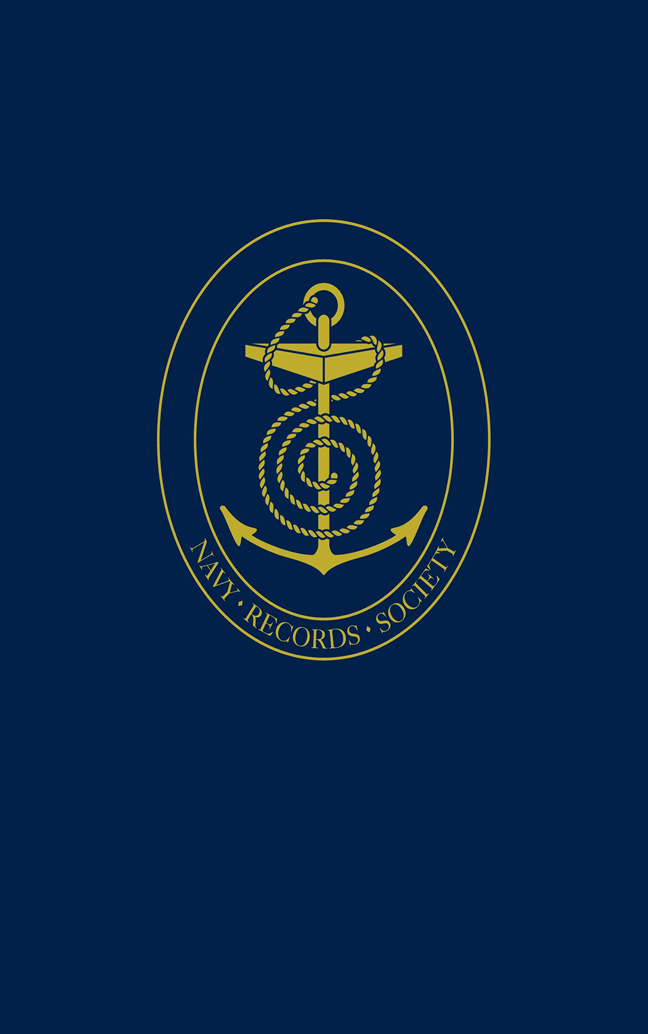 Papers and Correspondence of Admiral Sir John Thomas Duckworth
Papers and Correspondence of Admiral Sir John Thomas Duckworth Book contents
- Frontmatter
- Dedication
- Contents
- Glossary of Abbreviations
- Introduction
- Part I Spithead, Leeward Islands, Virginia, 1793
- Part II The English Channel, First of June Fight, 1793–1795
- Part III Jamaica, 1795–1797
- Part IV Mutiny, Blockade of Brest, Ireland, 1797–1798
- Part V Mediterranean, Minorca, Cadiz Blockade, 1798–1800
- Part VI Leeward Islands, 1800–1801
- Part VII Jamaica, 1801–1802
- Appendix: Observations upon the Trade Proposed Between St Domingo and Jamaica
- Sources and Documents
- Index
- Miscellaneous Endmatter
Part VI - Leeward Islands, 1800–1801
Published online by Cambridge University Press: 05 March 2024
- Frontmatter
- Dedication
- Contents
- Glossary of Abbreviations
- Introduction
- Part I Spithead, Leeward Islands, Virginia, 1793
- Part II The English Channel, First of June Fight, 1793–1795
- Part III Jamaica, 1795–1797
- Part IV Mutiny, Blockade of Brest, Ireland, 1797–1798
- Part V Mediterranean, Minorca, Cadiz Blockade, 1798–1800
- Part VI Leeward Islands, 1800–1801
- Part VII Jamaica, 1801–1802
- Appendix: Observations upon the Trade Proposed Between St Domingo and Jamaica
- Sources and Documents
- Index
- Miscellaneous Endmatter
Summary
Duckworth was familiar with the Caribbean around Jamaica and San Domingo/St Domingue from his time as interim commander-in-chief six years before, but not so much with the string of islands which stretched north from Guiana to Porto Rico, though as a British sailor he presumably knew a good deal at second-hand and he had been there briefly in 1793. Here there were colonies of six different European nations, Spain, France, the Netherlands, Denmark, and Sweden, besides Britain. Some of the non-British colonies had been conquered already – Surinam, Martinique – but Guadaloupe remained under French control, the Dutch and Swedish islands were still under metropolitan control, and the Spaniards held Porto Rico. So the British had the problem of controlling their own islands, and of holding onto those they had conquered, while simultaneously deterring enemies from fomenting risings and rebellions, or mounting counterattacks. The varieties of political control involved made it possible for privateers to operate, encouraged by the French, and there was always the possibility of major naval interventions from Spain or France, or both, since both had territories where a naval force could be based.
Since most of the fighting at St Domingue had ended after 1796, the region as a whole had become a naval backwater, and Duckworth's task was mainly to suppress privateers, organise convoys, and watch Guadal-oupe and Porto Rico [505–508]. To do this he had a single line-of-battle ship, his own Leviathan, and a varying group of frigates and smaller ships, not all of which were in good condition [509, 514]. Many of his smaller ships were employed in assembling and escorting convoys to Britain and they did not always return. Each colony needed at least one ship more or less constantly present in order to intercept raiders and privateers [506, 507, 522 are examples]. It was also an area of largely unsurveyed navigation, and one of his ships was lost even as he arrived [513]. And, of course, there were hurricanes and yellow fever and slave revolts.
Apart from the continuing and repeated general problems of the region, Duckworth had two particular issues to deal with in his time in office (which was in fact to be only eighteen months or so).
- Type
- Chapter
- Information
- Papers and Correspondence of Admiral Sir John Thomas DuckworthVolume 1: The French Revolutionary War, 1793–1802, pp. 331 - 450Publisher: Boydell & BrewerFirst published in: 2024


